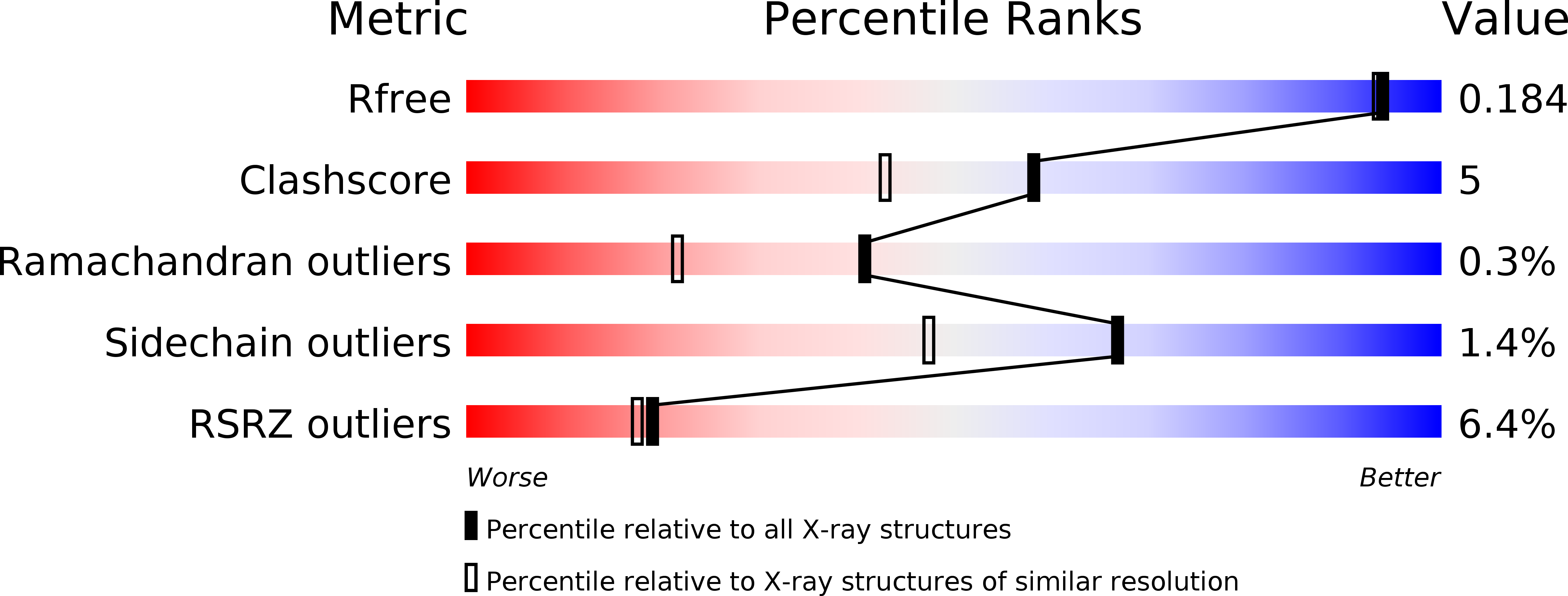
Deposition Date
1999-09-29
Release Date
2000-09-13
Last Version Date
2024-02-07
Entry Detail
PDB ID:
1D3G
Keywords:
Title:
HUMAN DIHYDROOROTATE DEHYDROGENASE COMPLEXED WITH BREQUINAR ANALOG
Biological Source:
Source Organism:
Homo sapiens (Taxon ID: 9606)
Host Organism:
Method Details:
Experimental Method:
Resolution:
1.60 Å
R-Value Free:
0.18
R-Value Work:
0.16
Space Group:
P 32 2 1


